Social and Public Art Resource Center (SPARC)
https://sparcinla.org/
Artistic Director and co-founder: Judith F. Baca
Featured Project: The Great Wall of Los Angeles
SPARC’s mission is to produce, preserve, and promote activist and socially relevant artwork; to devise and innovate excellent art pieces through participatory processes; and ultimately, to foster artistic collaborations that empower communities who face marginalization or discrimination.
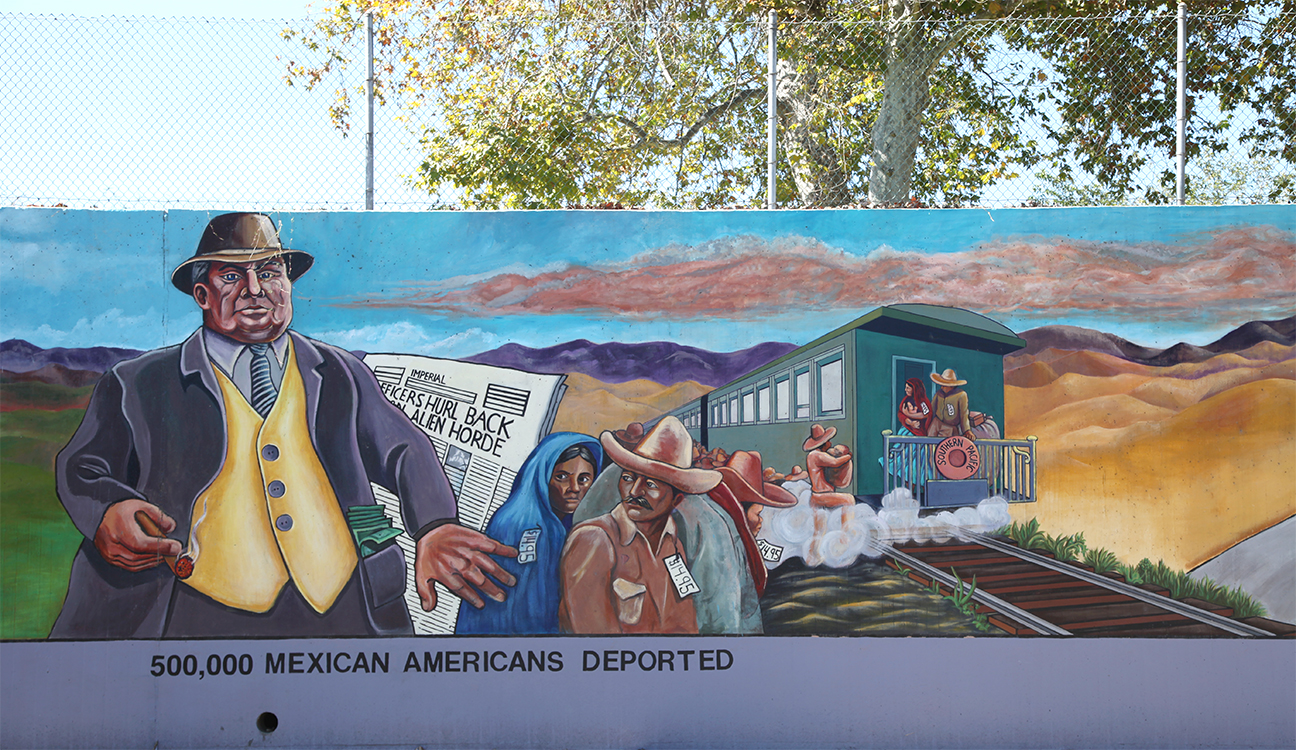
Judith F. Baca©1976, “500,000 Mexican Americans Deported,” detail from the 1930’s section of the Great Wall of Los Angeles, painted the summer of 1980. Image courtesy of the SPARC Archives SPARCinLA.org.
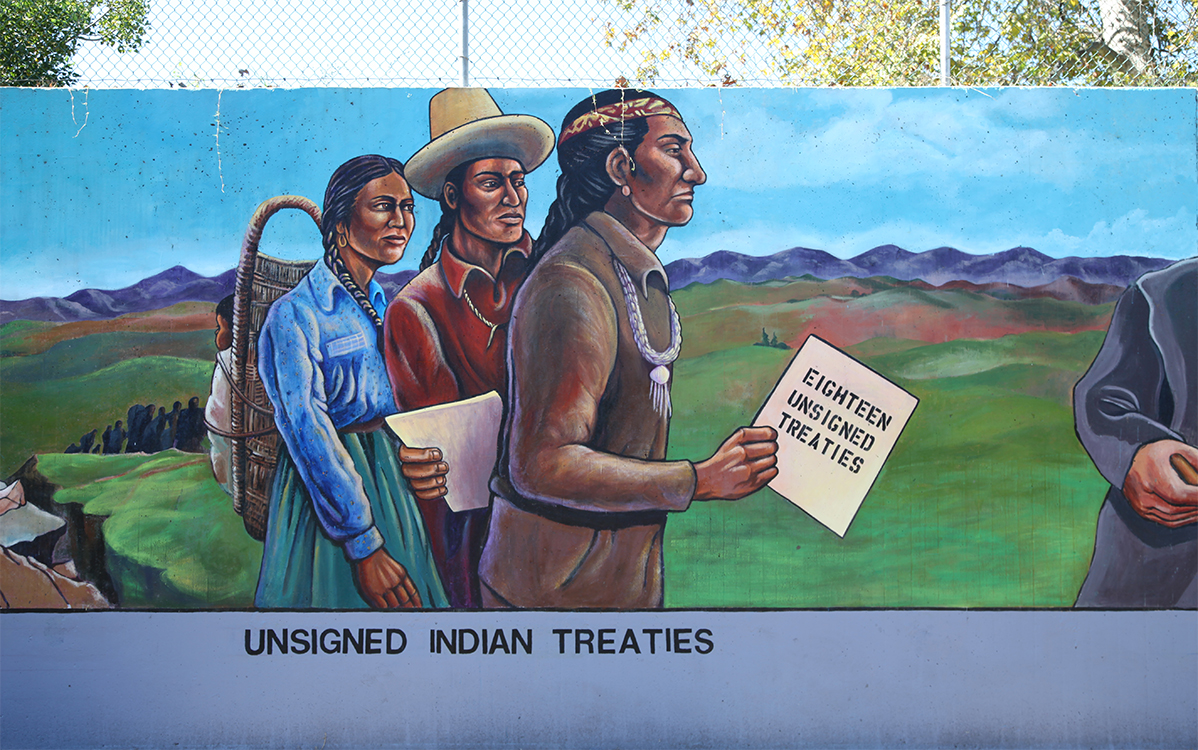
Judith F. Baca©1976, “Unsigned Indian Treaties,” detail from the 1930’s section of the Great Wall of Los Angeles, painted the summer of 1980. Image courtesy of the SPARC Archives SPARCinLA.org.
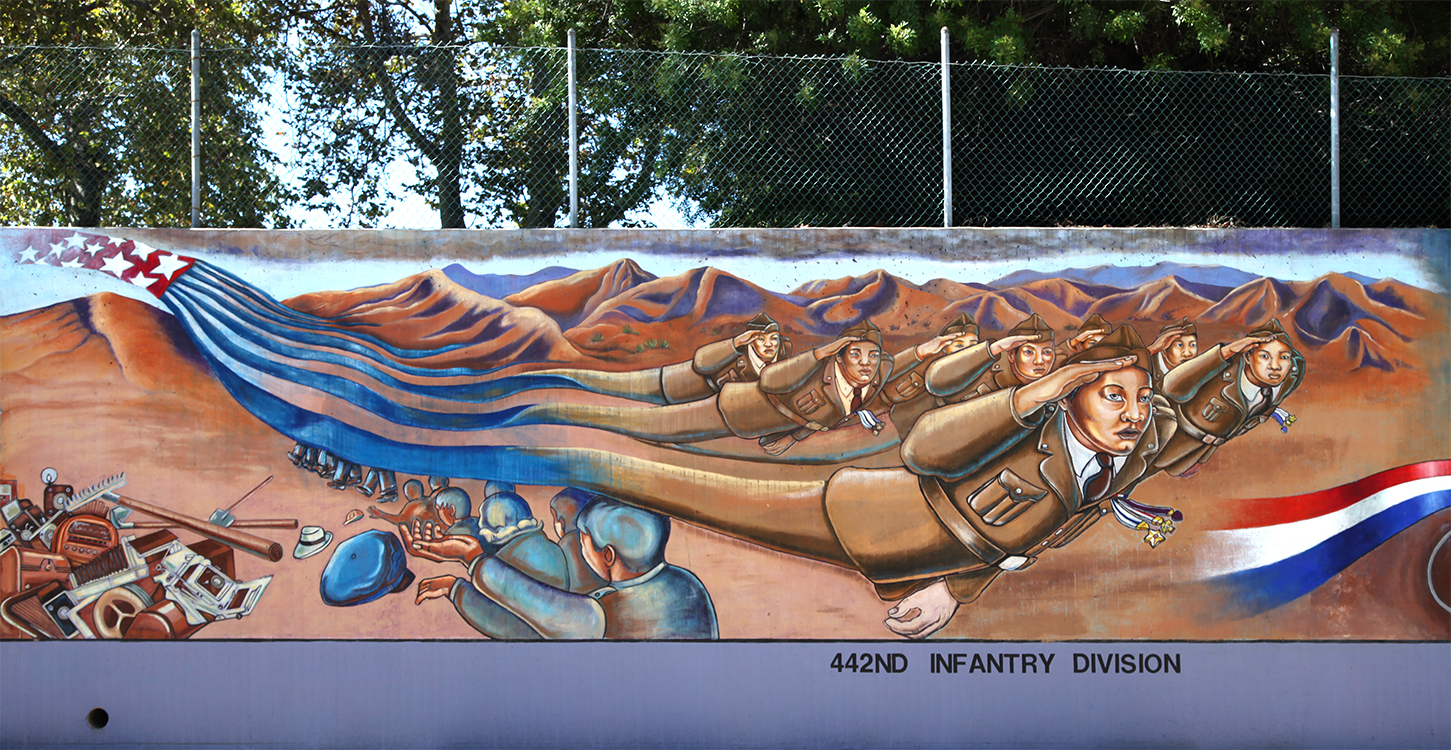
Judith F. Baca©1976, “442nd Infantry Division (Japanese Americans),” detail from the 1940’s section of the Great Wall of Los Angeles, painted the summer of 1981. Image courtesy of the SPARC Archives SPARCinLA.org.
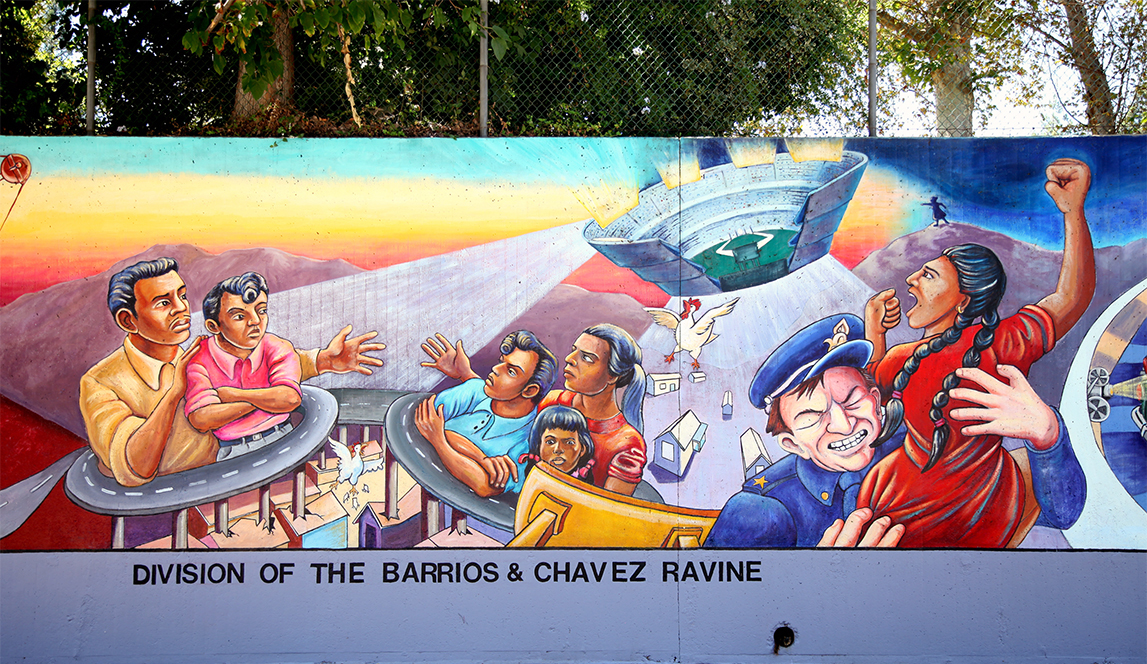
Judith F. Baca©1976, “Division of the Barrios and Chavez Ravine,” detail from the 1950’s section of the Great Wall of Los Angeles, painted summer 1983. Image courtesy of the SPARC Archives SPARCinLA.org.
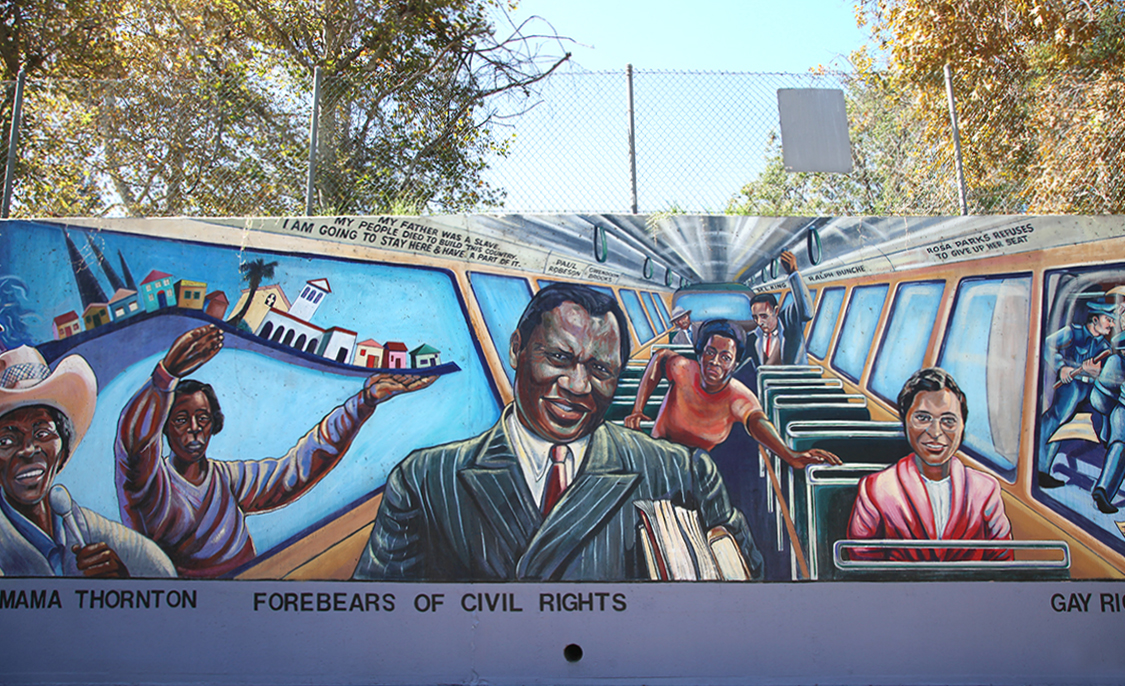
Judith F. Baca©1976, “Forebears of Civil Rights,” detail from the 1950’s section of the Great Wall of Los Angeles, painted summer 1983. Image courtesy of the SPARC Archives SPARCinLA.org.
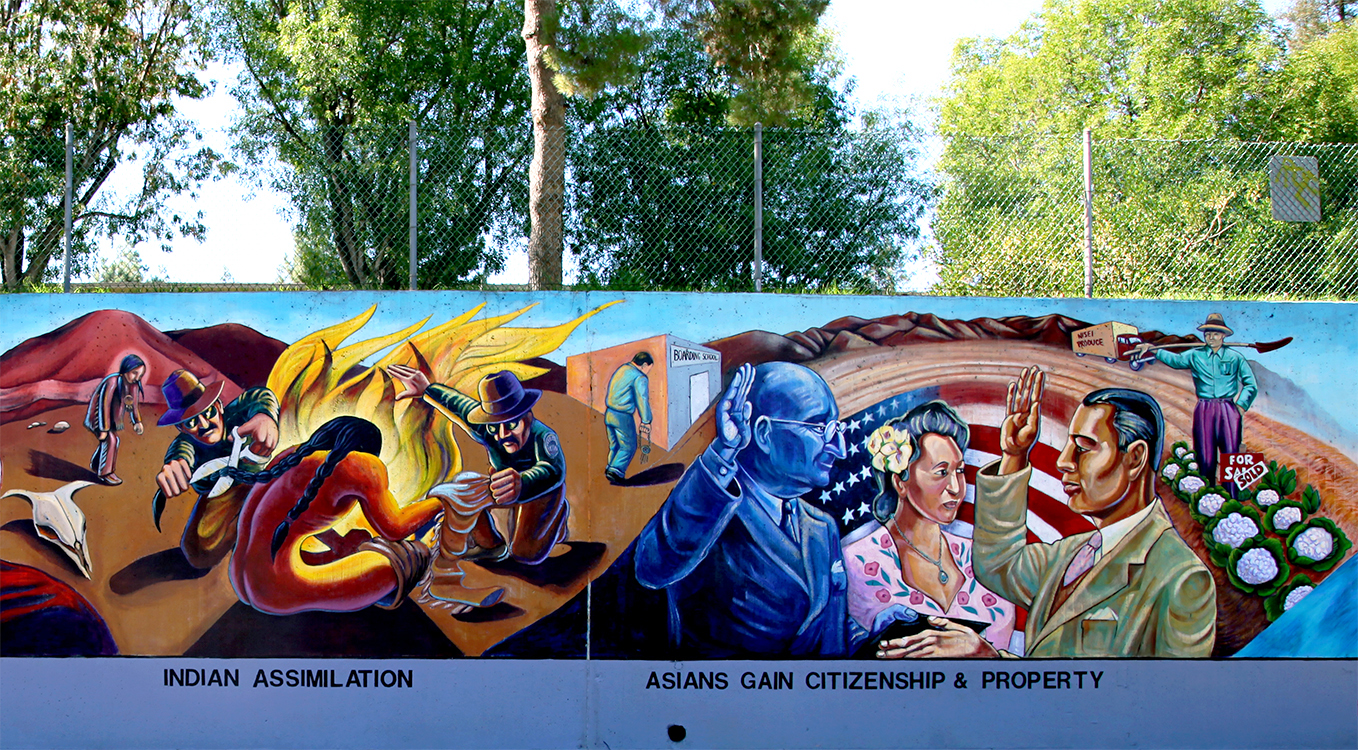
Judith F. Baca©1976, “Indian Assimilation and Asians Gain Citizenship & Property,” detail from the 1950’s section of the Great Wall of Los Angeles, painted summer 1983. Image courtesy of the SPARC Archives SPARCinLA.org.
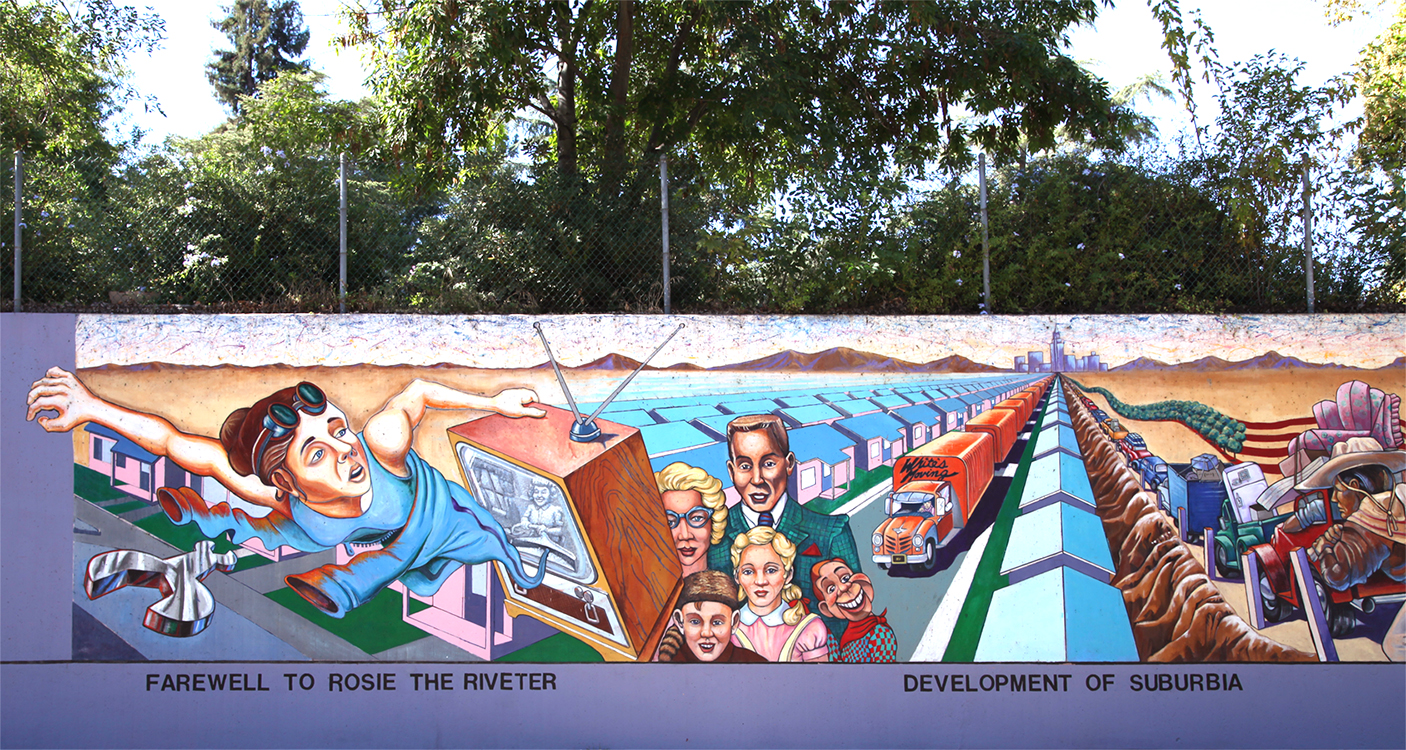
Judith F. Baca©1976, “Farewell to Rosie Riveter,” detail from the 1950’s section of the Great Wall of Los Angeles, painted summer 1983. Image courtesy of the SPARC Archives SPARCinLA.org.
SPARC was co-founded in 1976 by muralist Judith F. Baca, artist Christina Schlesinger, and filmmaker Donna Deitch. The seed of SPARC’s vision is the Mexican social mural movement (which began in the 1920s), especially as expressed by David Alfaro Siqueiros: “We repudiate so-called easel art and all such art which springs from ultra-intellectual circles, for it is essentially aristocratic. We hail the monumental expression of art because such art is public property.” SPARC co-founder and current artistic director Judith F. Baca trained at the Taller Siqueiros in Mexico in the late 1970s, returning to Los Angeles to continue advancing the practice of muralism through public art projects that engage and empower local communities.
Pictured here are images from sections of the first SPARC mural project, The Great Wall of Los Angeles (1976–1981 to Present). The original mural is acrylic on cast concrete, half-mile in length (2,754 ft), and located in the Tujunga Flood Control Channel of the San Fernando Valley. The Great Wall is SPARC’s cornerstone artwork and is a landmark pictorial representation of the history of ethnic peoples of California from prehistoric times to the 1950’s, conceived by SPARC’S artistic director and founder Judith F. Baca. Begun in 1976 and completed over five summers, the Great Wall employed over 400 youth and their families from diverse social and economic backgrounds working with artists, oral historians, ethnologists, scholars, and hundreds of community members. The Monument is recognized as one of the country’s largest monuments to interracial harmony and in 2017, it was designated as a National Historic Site by the National Park Service.
In February 2021, SPARC announced being the proud recipient of a three-year grant from the Andrew W. Mellon Foundation to support the preservation, activation, and expansion of The Great Wall. The grant will provide $5 million over three years to activate the mural site and begin the extension of the mural to one mile, continuing the historical narrative to include the 1960s-2020.






